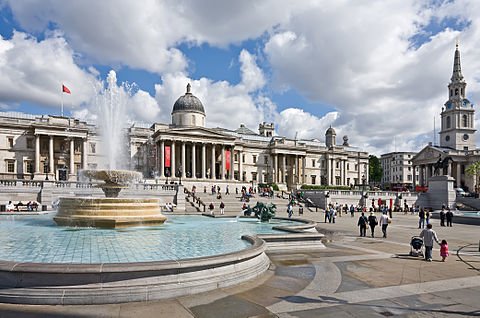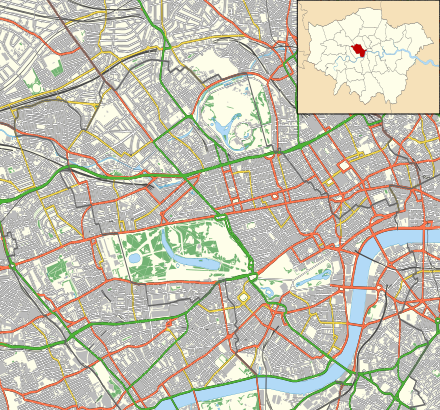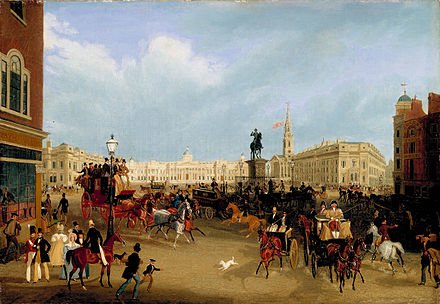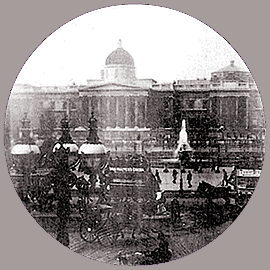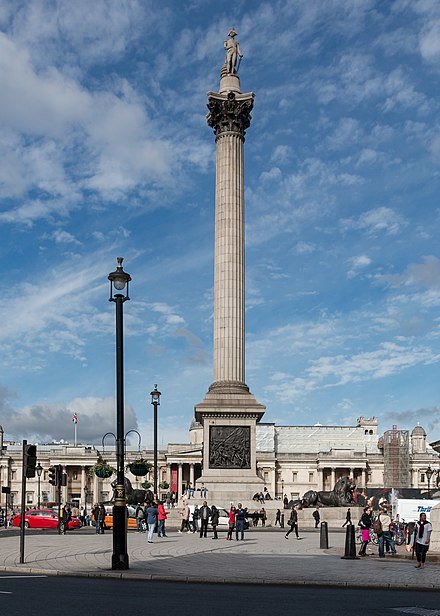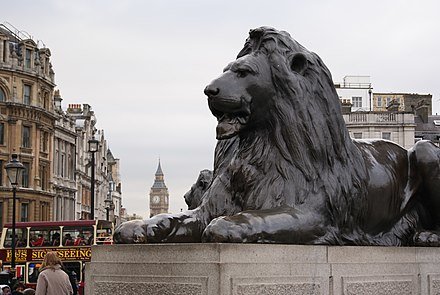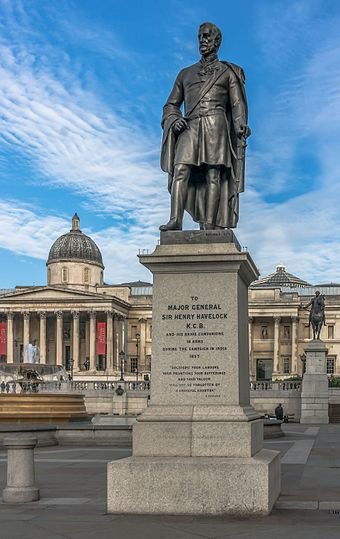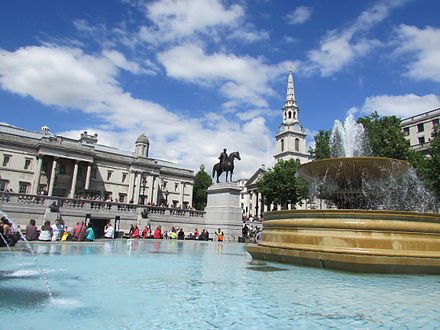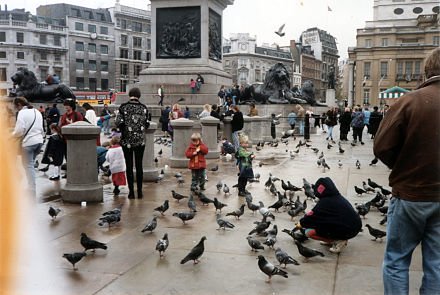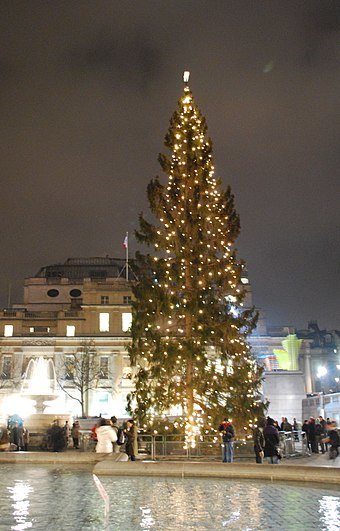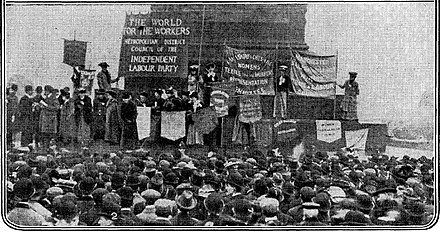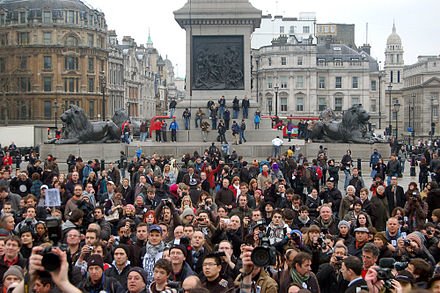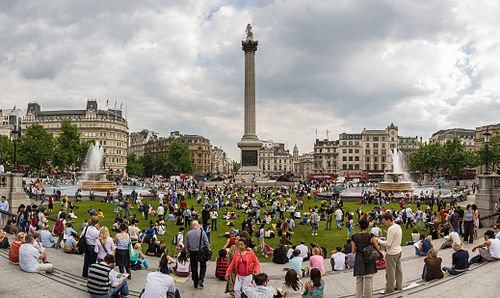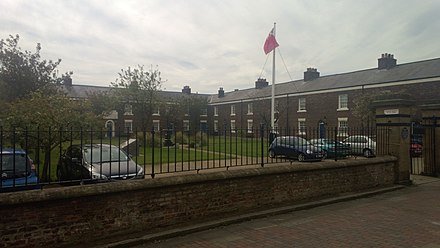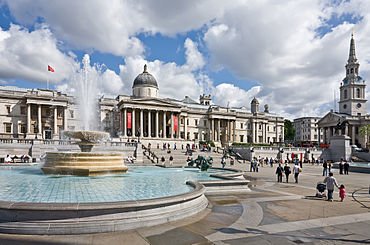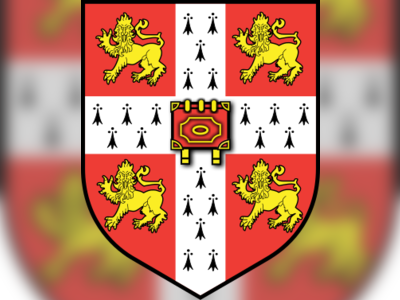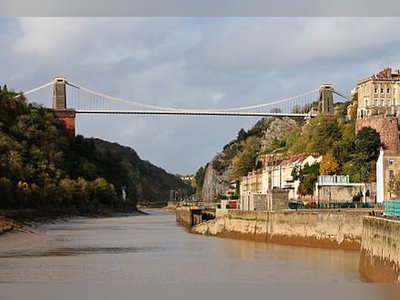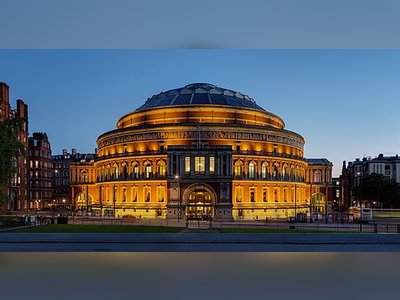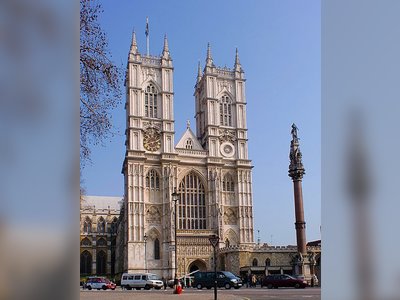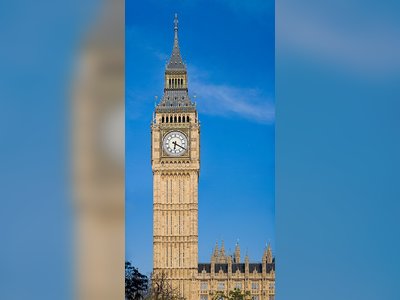British Heritage
Remember, Cherish, Learn.
beta
Trafalgar Square
Trafalgar Square: A Testament to British Heritage.
*Trafalgar Square*, located in the heart of Central London, stands as a magnificent testament to British heritage and history. Established in the early 19th century, the square was created around the area formerly known as Charing Cross, a significant landmark since the 1200s. The square's name, "Trafalgar," commemorates the British naval victory in the Napoleonic Wars over France and Spain, a decisive battle that took place on 21 October 1805 off the coast of Cape Trafalgar, southwest Spain.
Throughout its existence, Trafalgar Square has played a pivotal role in the fabric of British heritage, serving as a symbol of national pride and an iconic gathering place for both celebratory events and political demonstrations. It stands as a tribute to Admiral Horatio Nelson, a revered figure in British history, with the majestic Nelson's Column at its center guarded by four monumental bronze lions sculpted by Sir Edwin Landseer. The square's historic significance is further enriched by various commemorative statues and sculptures, each representing different aspects of British history.
Trafalgar Square's importance is also reflected in its architectural grandeur, with prominent buildings such as the National Gallery, St Martin-in-the-Fields, Canada House, and South Africa House adorning its surroundings. The square's layout and design, envisioned by John Nash and later executed by Charles Barry, added to London's magnificence and left an indelible mark on the city's urban landscape.
Since its official opening on 1 May 1844, Trafalgar Square has become a hub of cultural, social, and political activities. The square has witnessed numerous historical events, including major political rallies, anti-war protests, and campaigns for women's suffrage. Over the years, it has evolved into the country's foremost "place politique," a central location for public gatherings and demonstrations.
One of the most cherished traditions associated with Trafalgar Square is the annual Christmas ceremony, initiated in 1947. Each year, a Norway spruce or fir tree, presented by Oslo, Norway, as a token of gratitude for Britain's support during World War II, is erected in the square. This festive display, accompanied by lights and public performances, attracts a multitude of people and has become an integral part of London's holiday celebrations.
Moreover, Trafalgar Square has hosted several sporting events and victory parades, further cementing its position as an iconic location in the city. The square's cultural significance has not gone unnoticed, as it has been featured in numerous films and television productions, contributing to its fame and recognition on a global scale.
An innovative aspect of Trafalgar Square's heritage is the Fourth Plinth, initially left empty since 1840. In 1999, the Fourth Plinth Commission, appointed by the Mayor of London, transformed the empty pedestal into a platform for showcasing contemporary art. This initiative has allowed the square to maintain its relevance in modern times, offering a dynamic space for creative expression and artistic dialogue.
Throughout its existence, Trafalgar Square has undergone several renovations and redevelopments. Notably, a significant 18-month redevelopment was completed in 2003, enhancing accessibility, aesthetics, and public amenities. The square's preservation efforts have been recognized, and it was listed as Grade I on the Register of Historic Parks and Gardens in 1996.
Trafalgar Square's legacy as a symbol of British heritage remains as resplendent as ever. From its historic commemorations of Admiral Nelson's triumph to its role as a vibrant public space hosting art exhibitions, political gatherings, and seasonal celebrations, the square continues to hold a special place in the hearts of Londoners and visitors alike. As a living testament to British history and culture, Trafalgar Square stands proud, a timeless representation of the nation's heritage and identity.
Legacy and Contribution to British Heritage
Throughout its existence, Trafalgar Square has played a pivotal role in the fabric of British heritage, serving as a symbol of national pride and an iconic gathering place for both celebratory events and political demonstrations. It stands as a tribute to Admiral Horatio Nelson, a revered figure in British history, with the majestic Nelson's Column at its center guarded by four monumental bronze lions sculpted by Sir Edwin Landseer. The square's historic significance is further enriched by various commemorative statues and sculptures, each representing different aspects of British history.
Trafalgar Square's importance is also reflected in its architectural grandeur, with prominent buildings such as the National Gallery, St Martin-in-the-Fields, Canada House, and South Africa House adorning its surroundings. The square's layout and design, envisioned by John Nash and later executed by Charles Barry, added to London's magnificence and left an indelible mark on the city's urban landscape.
Success and General Information
Since its official opening on 1 May 1844, Trafalgar Square has become a hub of cultural, social, and political activities. The square has witnessed numerous historical events, including major political rallies, anti-war protests, and campaigns for women's suffrage. Over the years, it has evolved into the country's foremost "place politique," a central location for public gatherings and demonstrations.
One of the most cherished traditions associated with Trafalgar Square is the annual Christmas ceremony, initiated in 1947. Each year, a Norway spruce or fir tree, presented by Oslo, Norway, as a token of gratitude for Britain's support during World War II, is erected in the square. This festive display, accompanied by lights and public performances, attracts a multitude of people and has become an integral part of London's holiday celebrations.
Moreover, Trafalgar Square has hosted several sporting events and victory parades, further cementing its position as an iconic location in the city. The square's cultural significance has not gone unnoticed, as it has been featured in numerous films and television productions, contributing to its fame and recognition on a global scale.
The Fourth Plinth and Contemporary Art
An innovative aspect of Trafalgar Square's heritage is the Fourth Plinth, initially left empty since 1840. In 1999, the Fourth Plinth Commission, appointed by the Mayor of London, transformed the empty pedestal into a platform for showcasing contemporary art. This initiative has allowed the square to maintain its relevance in modern times, offering a dynamic space for creative expression and artistic dialogue.
Changing Landscapes and Preservation
Throughout its existence, Trafalgar Square has undergone several renovations and redevelopments. Notably, a significant 18-month redevelopment was completed in 2003, enhancing accessibility, aesthetics, and public amenities. The square's preservation efforts have been recognized, and it was listed as Grade I on the Register of Historic Parks and Gardens in 1996.
Conclusion
Trafalgar Square's legacy as a symbol of British heritage remains as resplendent as ever. From its historic commemorations of Admiral Nelson's triumph to its role as a vibrant public space hosting art exhibitions, political gatherings, and seasonal celebrations, the square continues to hold a special place in the hearts of Londoners and visitors alike. As a living testament to British history and culture, Trafalgar Square stands proud, a timeless representation of the nation's heritage and identity.
- Trafalgar Squareen.wikipedia.org
